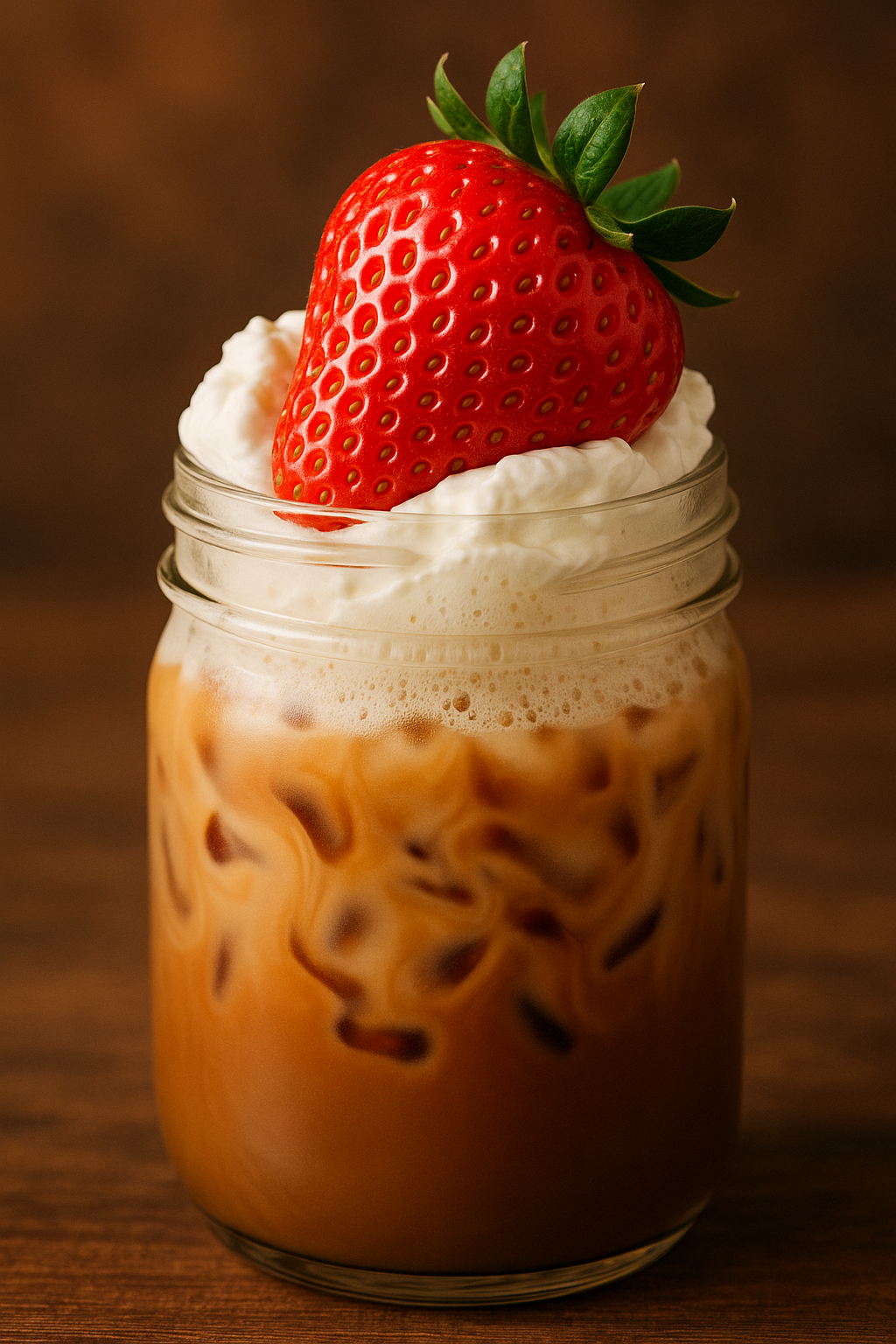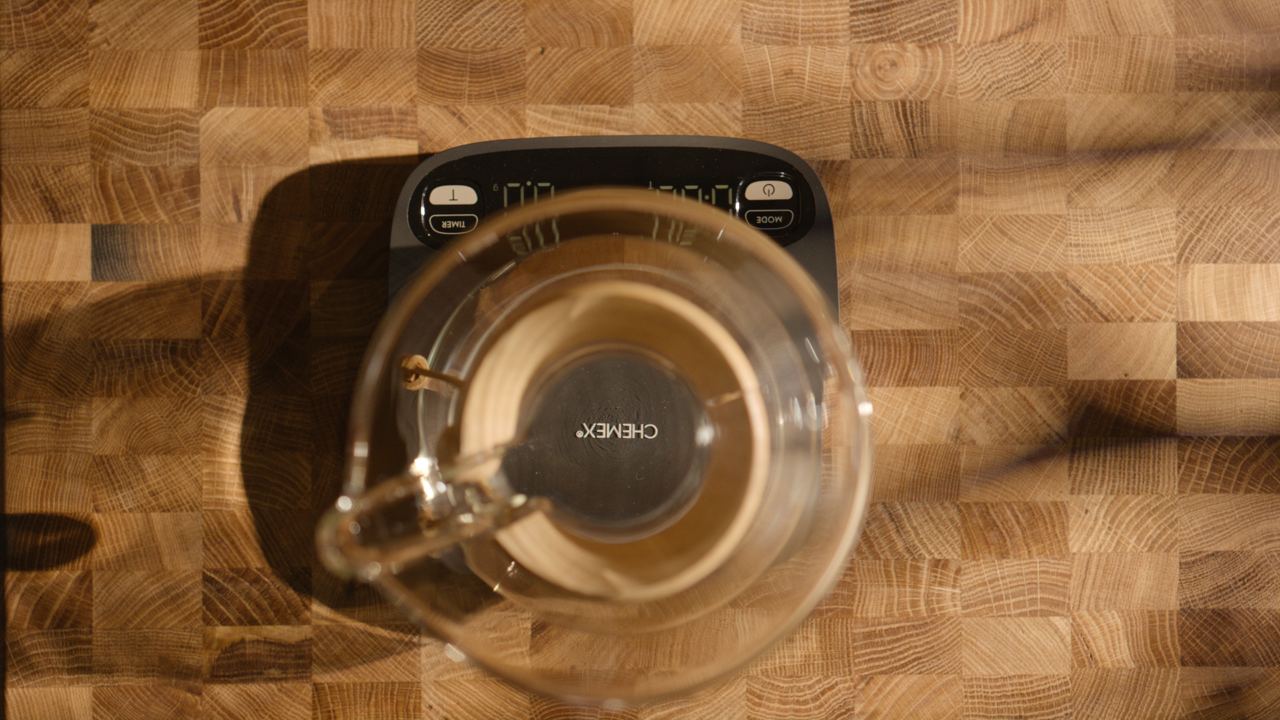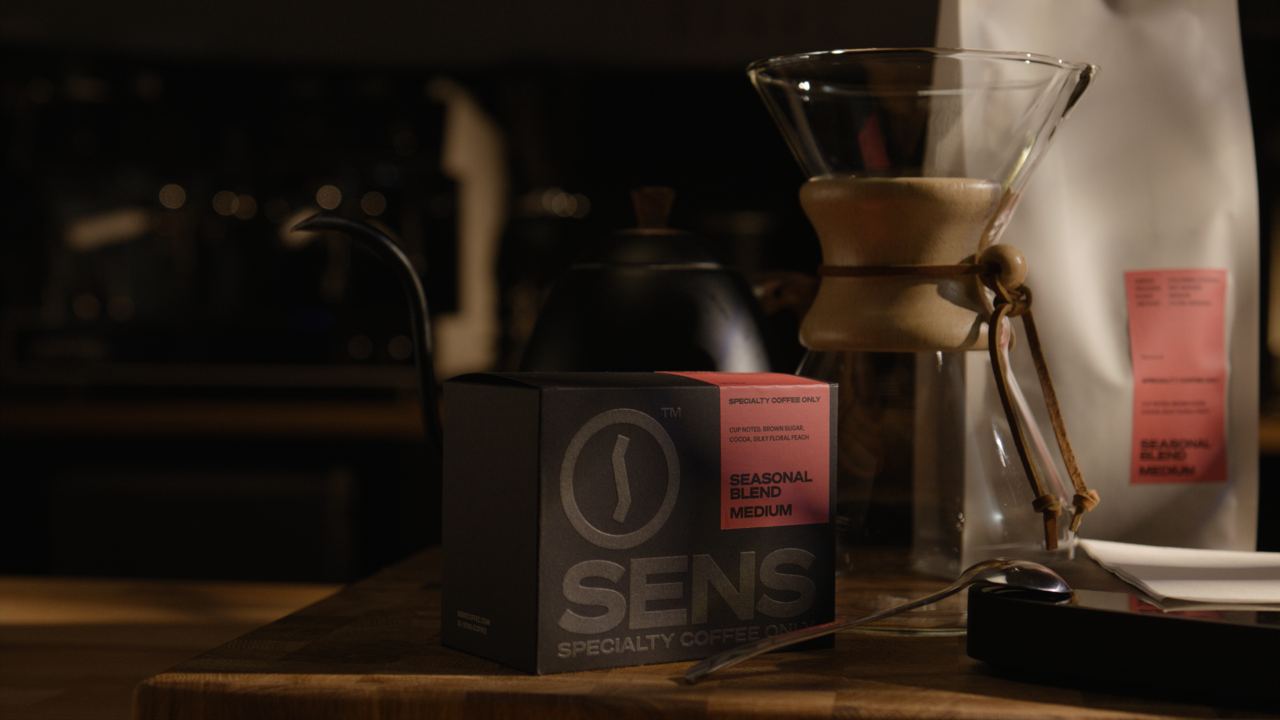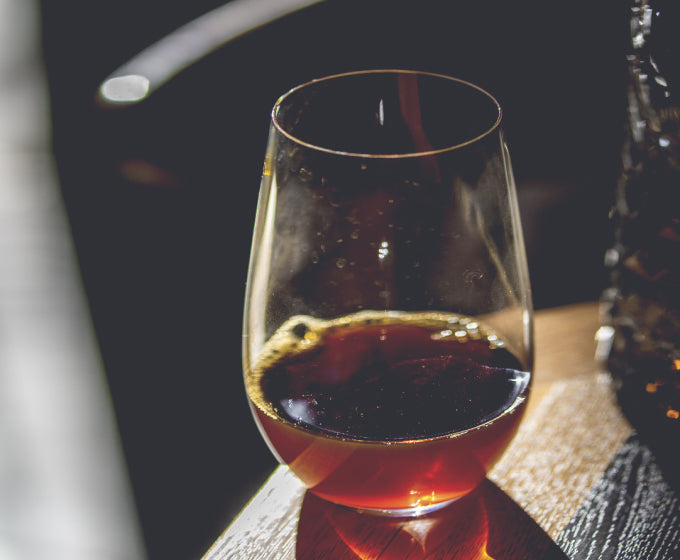As global consumption of specialty coffee continues to rise annually, consumers are becoming more discerning about high-quality options. In this maturing market, it is increasingly challenging for roasters to distinguish themselves among a growing number of brands seeking a unique position.
However, this competition fosters innovation. Roasters are exploring more engaging methods to connect with existing customers and attract new ones, driving them to be more inventive.
Traditionally, coffee packaging has served as a means to capture consumers' attention, acting as a powerful tool for marketing and brand differentiation. In recent years, a growing number of roasters have invested in sustainable, sophisticated, and visually appealing packaging that narrates their brand story and supports a circular economy model in coffee, thereby encouraging genuine innovation in the broader industry.
I spoke with Mark Zhou, the founder of MTPak Coffee, to understand how coffee roasters are becoming more inventive and imaginative with their packaging.
Packaging: Balancing Functionality and Creativity
Coffee is a perishable product, with its freshness and quality diminishing over time, typically within one to three months after roasting. For specialty coffee, which offers nuanced flavors and commands a higher price due to its superior quality, maintaining freshness is crucial.
"It's well-established that specialty coffee packaging needs to be high-barrier, preserving the delicate flavors and aromas of high-quality lots," says Mark Zhou, founder of the sustainable coffee packaging brand MTPak Coffee.
High-barrier packaging safeguards beans from oxygen, moisture, light, and heat—the four primary elements that can quickly degrade coffee's sensory characteristics. Multi-layer packaging utilizing advanced materials like metallized films, vacuum-sealed pouches, and one-way degassing valves creates an optimal environment that maintains product integrity from roasting to brewing.
"But packaging is now also a statement piece," Mark adds. "Roasters rely on bold colors, unique shapes and designs, logos, and illustrations to stand out, pushing the boundaries of their creativity."
In the post-pandemic era, coffee brands have faced several persistent challenges that have fundamentally changed their operations. Increased business costs, arabica futures reaching a historic high of $3.78 per pound in late January 2025, and rising interest rates have tightened already narrow profit margins.
"Rising business costs and inflation rates have intensified market competition, forcing roasters to find new ways to stand out," Mark says. "Packaging has long been an effective way for them to do this, but now more than ever, it's a useful tool for brands to catch the attention of increasingly discerning consumers."
Consequently, packaging has evolved beyond its traditional role as a simple container, becoming an effective medium for roasters to establish meaningful connections with customers. Through thoughtfully designed packaging, brands can communicate their ethos, values, and unique narratives, transforming a simple coffee bag into a storytelling canvas.
How Coffee Roasters Are Driving Innovation
The third wave and specialty coffee culture emerged from a desire to "do things differently," aiming to highlight quality, craftsmanship, and artistry. Roasters have long leveraged their creativity to emphasize these aspects of their businesses, including their packaging.
Amid rising coffee prices, inflation, and increased business costs over the past few years, there has been a growing consumer push for more sustainable practices. Research from Nielsen indicates that 46% of consumers expect brands to lead in creating genuine sustainable change, placing the responsibility on roasters to initiate and drive progress.
Given its proximity to the end of the supply chain, roasted coffee packaging often becomes the focus of this movement. Sustainability has become non-negotiable, with customers expecting recyclable and biodegradable packaging options.
To meet this demand, more roasters have invested in high-barrier materials like kraft paper, low-density polyethylene (LDPE), and polylactic acid (PLA) that maximize freshness and quality while allowing consumers to responsibly dispose of the packaging, minimizing environmental impact.
Evolving Packaging Design
Alongside innovations in sustainability, packaging design and branding have also evolved. Roasters now increasingly use bold color schemes, eye-catching fonts, illustrations, and even unique packaging shapes to communicate distinctive brand identities and the unique character of each coffee.
Research indicates that color is the most important cue in product packaging. Striking color palettes can evoke specific moods or associations with certain origins and flavors, heavily influencing the consumer experience.
Unique typography communicates brand personality, ranging from minimalist and modern to rustic and artisanal. Innovative packaging shapes, such as unconventional bag structures or custom die-cuts, further distinguish roasters in a crowded marketplace.
Information cards and limited-edition designs have also emerged as critical differentiators, allowing roasters to express brand identity and connect with consumers through visual storytelling. Innovative label technologies now incorporate augmented reality features, such as QR codes that provide information about coffee origins and farms, generating excitement among consumers and disseminating information.
Recognizing True Innovation
By continuously pushing the boundaries of innovation in the coffee industry, roasters support its future growth. Packaging has become a canvas for true creativity, allowing brands to tell their stories.
Rewarding innovation and sharing these stories can inspire more roasters and coffee brands to follow suit, bolstering the growth of the specialty coffee market.
As part of the competition, international specialty coffee roasters of all sizes are invited to share their packaging. A panel of expert judges will select one primary winner and award them $5,000 in cash to invest in their business.
"The Packaging Reimagined contest builds off the success of the MTPak Coffee Packaging Design Awards, which were designed to highlight, recognize, and reward the hard work and dedication of creating stand-out coffee packaging," Mark adds. "As a sustainable packaging company, we want to honor the exceptional work we see in design."
The winner and all finalists will receive promotion on MTPak Coffee's social media channels, newsletter, and website, as well as an editorial feature that shares the brand's story and packaging design.
How to Apply
Before applying, consider the following criteria:
- Is the imagery or design used on the packaging innovative, unique, and aesthetically appealing?
- Does the packaging design do something completely innovative and new, such as using unique materials or accessories?
- Is the packaging innovative in how it is used, for example, through bag takeback schemes or unique ways for customers to open the bags?
- Is the packaging innovative in maintaining the coffee's freshness?
- Does the packaging do anything unique to reduce storage space?
- Does the packaging feature anything visual or practical that you cannot find elsewhere?
- Is the overall presentation of a high professional standard?
- What information is relayed on the bag, and is it effective in its goal?
- How does the coffee bag design contribute to the enhancement or improvement of the knowledge of the coffee community?
- Does the process of creating the packaging minimize material use or incorporate recycled, upcycled, or otherwise sustainable materials?
The MTPak Coffee Packaging Reimagined application form can be found here. The deadline to apply is March 6, 2025. The finalists will be announced on March 12, and the winners will be announced on March 19.
As coffee packaging continues to evolve, it represents far more than a simple container; it has become a dynamic canvas for innovation and brand storytelling.






